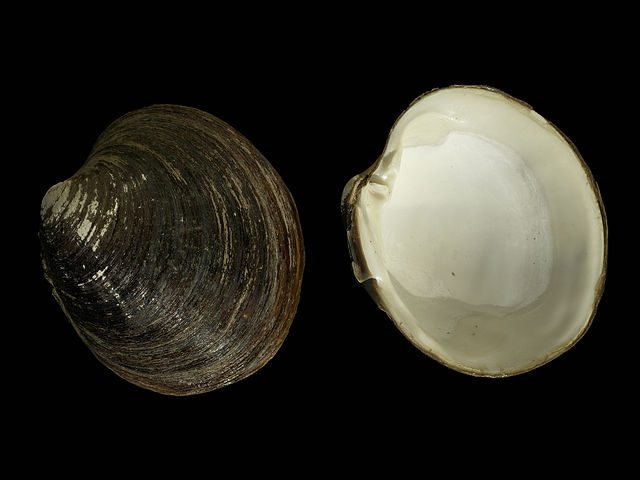Howard Fischer
Uppsala, Sweden

“Clams don’t carry birth certificates.”
– Samantha Larson, National Geographic1
The maximum human lifespan is about 120 years, and research continues to find ways to increase that maximum. Knowing the maximum lifespan of other species and how they manage to achieve it may be of value. Zoologists have two strict criteria when defining lifespan. First, it does not include the time the animal goes into a metabolically inactive state. For instance, microscopic prehistoric worms found in the permafrost, thawed out, and revived cannot be counted in a lifespan estimation. Neither may bacterial spores recovered from amber or embedded in a mineral matrix, even if they are alive after they are extracted from their confinement.
Secondly, lifespan is a term used for individual organisms, not those that are part of a colony that is constantly renewed. Corals, for example, are colonies made of many individual animals called polyps, living together as a collective form.2,3
There are trees all over the world that are thousands of years old. Methuselah, a Great Basin Bristlecone Pine in California, is 4,855 years old and is the oldest single-living tree in the world. A Greenland shark, possibly 500 years old, is the oldest known vertebrate. Adwaita, an Aldabra giant tortoise, was the oldest living land vertebrate, living 255 years. The oldest known mammal was a bowhead whale, 211 years old.4,5
A fishing boat in Icelandic waters in 2006 brought up about 200 ocean quahog clams (Arctica islandica). The clams were frozen onboard the ship. Freezing killed them. One of these clams, on detailed examination by counting the bands in the sectioned shell (like counting a tree’s growth rings), was found to be 507 years old. It was the oldest living animal known to date. Carbon-14 testing supported the age estimate within one to two years. The name “Ming” was given by a journalist, since the clam’s life had started during China’s Ming Dynasty (1368–1644).6
By examining isotopes of oxygen in the individual growth rings of the clam, scientists were able to estimate the ocean temperature year-by-year for the 500 years of the animal’s life. This information may be useful in learning about climate change over the centuries. The long life of Ming—and there may be others even older—might be attributed to a very slow metabolic rate.7
The story of Ming received much press coverage, and these articles gave the impression that the clam was killed in order to study its age.8-10 Ming was called a “tragic collateral casualty of…research. Rest in peace, Ming the clam.”11 This idea persisted even after a National Geographic article12 explained that clams are frozen once taken on board, which kills them.
References
- Samantha Larson. “Oldest clam consternation overblown.” National Geographic, November 18, 2013.
- “List of longest-living organisms.” Wikipedia.
- Anna Holmes. “Meet Ming the clam – the oldest animal in the world,” Amgueddfa Cymru Blog, February 11, 2020. https://museum.wales/blog/2122/Meet-Ming-the-clam—the-oldest-animal-in-the-world/
- James Vincent. “It’s a clamity! Ming the clam, the world’s oldest animal, killed at 507 years old by scientists trying to tell how old it was,” Independent (London), November 15, 2023. https://www.independent.co.uk/news/science/ming-the-clam-world-s-oldest-animal-dated-as-507-years-old-after-being-accidentally-killed-by-scientists-8942102.html
- “List of longest-living organisms,” Wikipedia.
- “Ming (clam).” Wikipedia.
- Lise Brix. “New record: World’s oldest animal is 507 years old.” Science Nordic, November 6, 2013.
- Rebecca Morelle. “Clam-gate: the epic saga of Ming.” BBC News, November 14, 2013.
- Brix, “New record.”
- Vincent, “It’s a clamity!”
- Bipin Dimri. “Ming the clam: Why did scientists kill the oldest known animal?” Historic Mysteries, July 22, 2021.
- Larson, “Oldest clam.”
HOWARD FISCHER, M.D., was a professor of pediatrics at Wayne State University School of Medicine, Detroit, Michigan.

Leave a Reply